03 Mar Interior Design History – Bauhaus
What Did the Bauhaus Ever Do For Us?
5 surprising ways the Bauhaus school is still shaping your home today
(2019) marked the centenary of the Bauhaus, a German art school founded by Walter Gropius with the aim of combining crafts, fine art and technology. While the school was only open for a short time, from 1919 to 1933, the impact it had on design and architecture was remarkable.
In the 100 years since the start of the movement, several of its teachers and students have gained iconic status in design history books and the principles of the school have made a lasting mark on home and interior design. Here are a few ways the Bauhaus ethos might have made its way into your house.
Streamlined furniture
Chintz, ornament and fuss were all thrown out by proponents of the Bauhaus movement and a new modernism was created in its place. Streamlined furniture and clean design was the order of the day. As such, a Bauhaus-inspired design can be spotted easily thanks to its sleek silhouette.
Some of today’s most iconic chairs were designed during this period, including the Barcelona chair (pictured) by Ludwig Mies van der Rohe and Lilly Reich, the Wassily chair by Marcel Breuer, and the Brno chair, also by Mies van der Rohe.
If you covet one of these seats, own an original, or are inspired by the shape and form of the designs, you have the Bauhaus school to thank.
Also, does the phrase ‘chuck out the chintz’ sound familiar? Contemporary stores that champion clean-lined, affordable pieces of modern design, such as Ikea, have much in common with the minimal aesthetics of the Bauhaus.
Modern’ materials
If you like to embrace new materials and technologies, then you’re definitely channelling the spirit of the Bauhaus. The designers and students of the school were interested in experimenting with the new, particularly in their furniture designs, where they played with materials such as tubular steel and steam-bent plywood.Marcel Breuer’s Wassily chair one of the most famous examples of this, with its distinctive tubular-steel frame imitated many times since.
It wasn’t only frame materials that were examined and reimagined, though. The Bauhaus had a dedicated weaving workshop where students experimented with new fabrics and construction methods, bringing together craft, design and technology in architecture
Clean-lined architecture
The word Bauhaus literally means building house or school of building, but the school was unique in its approach to design, combining fine art, craft, architecture and design and treating all disciplines equally.
Consequently, much of the output from the Bauhaus that’s become iconic today relates to furniture design and craft. But, of course, some iconic architecture also came out of this period, the Bauhaus building in Dessau being one of the most instantly recognisable of these.
How to spot a ‘Bauhaus’ house? Architecture designed during, or influenced by, this period can be recognised by a few universal characteristics: clean lines, simplicity, a stripped-back aesthetic, large glazed panels and the use of ‘modern’ materials, such as concrete and steel.
So if you secretly crave a steel-framed, glazed extension to your home, and are drawn to a minimal style of ‘modern’ architecture, that’s a definite Bauhaus trait.
Decluttered homes
Mies van der Rohe (a director of the Bauhaus) famously said ‘less is more’, and this attitude has had a lasting impact on architecture and interior design. From the pared-back aesthetic of the buildings to the fuss-free pieces of furniture students designed for these new homes, a Bauhaus interior celebrates simplicity and minimalism.
If you’re a fan of Marie Kondo-style decluttering and can appreciate the joy of showcasing one beautifully made item rather than cluttering your home with numerous belongings, then you have a lot in common with Bauhaus devotebeauty
Utilitarian beauty
Josef Albers was the artistic director of the furniture workshop at the Bauhaus from 1926 to 1927 and his nesting tables (pictured) have become a modern design classic.
Although this table design is nearly 100 years old, it still looks fresh today, and similar pieces can be spotted on the high street and in contemporary homes. Supremely practical, the nesting design is clean-lined and modern, but also well-crafted and designed to showcase the beauty of the materials.
This is a perfect example of the utilitarian approach to design the Bauhaus spearheaded, as well as the attention to detail and craftsmanship that mark out such pieces.

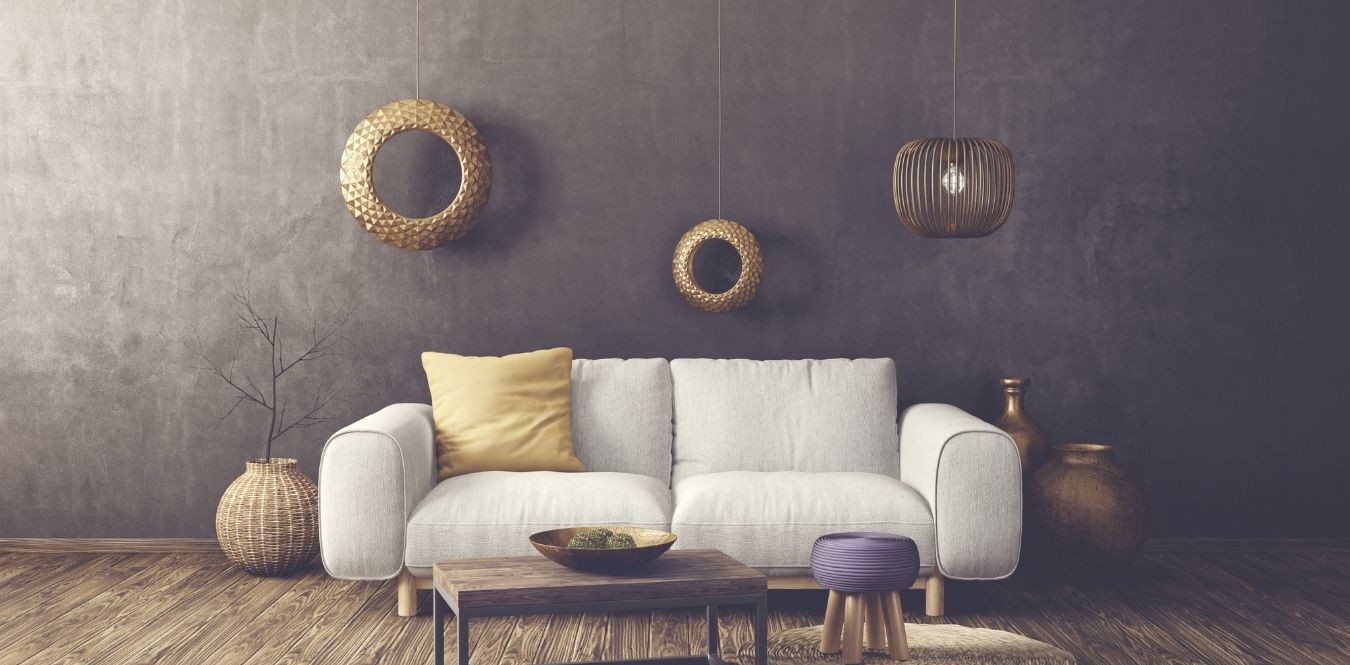
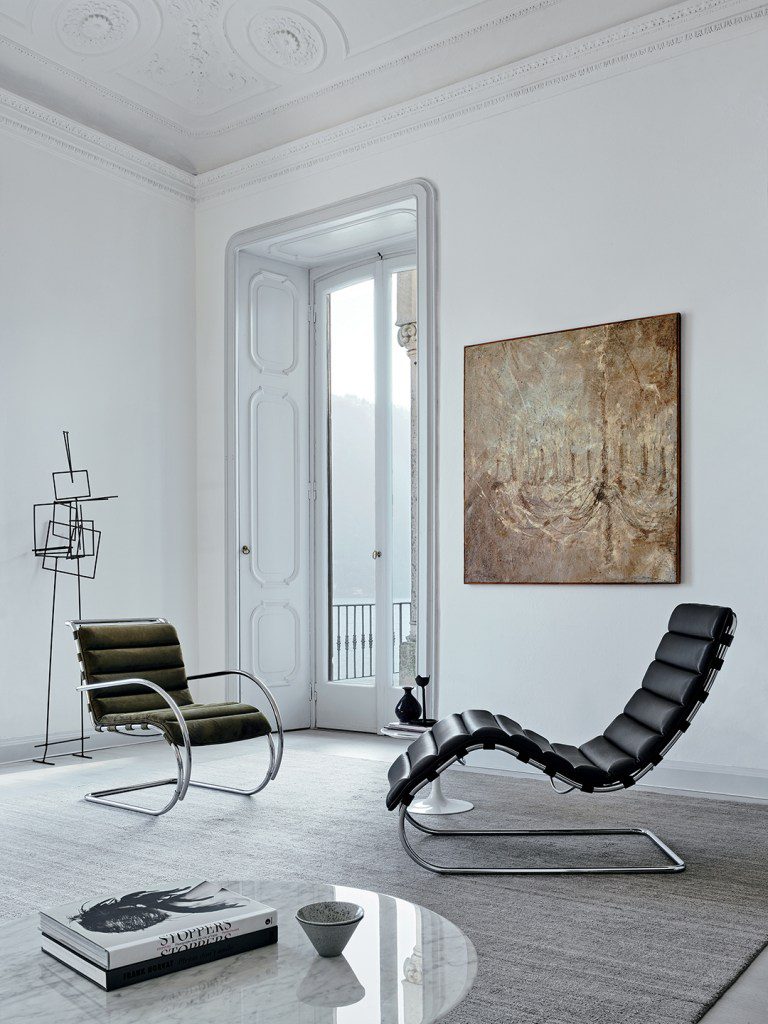
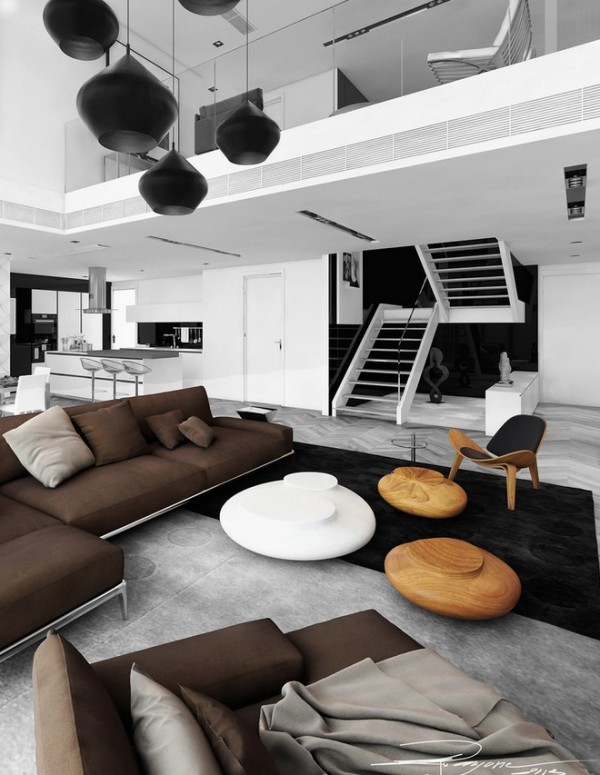
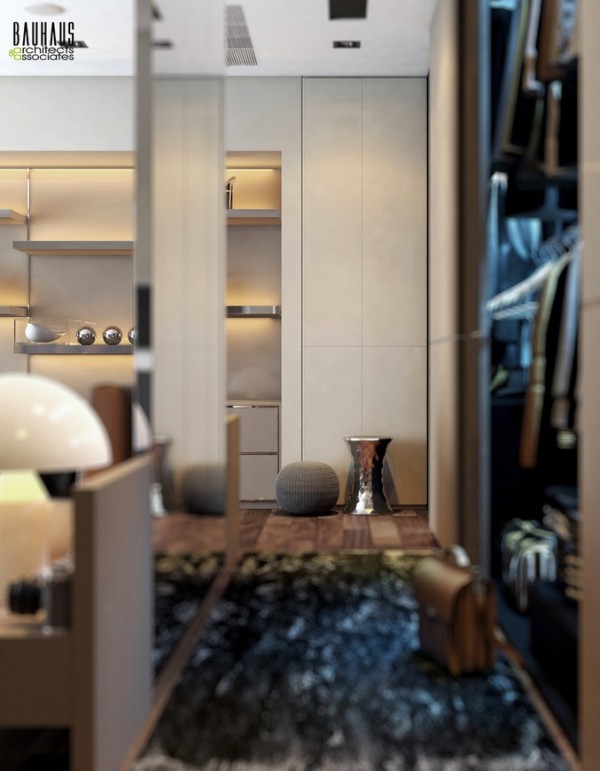
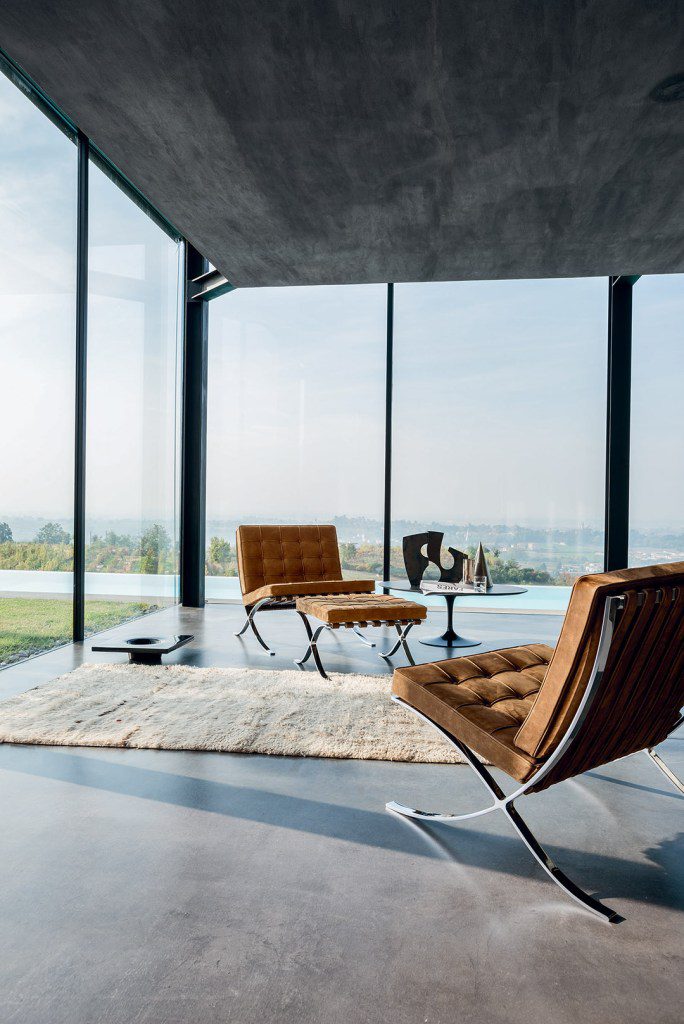
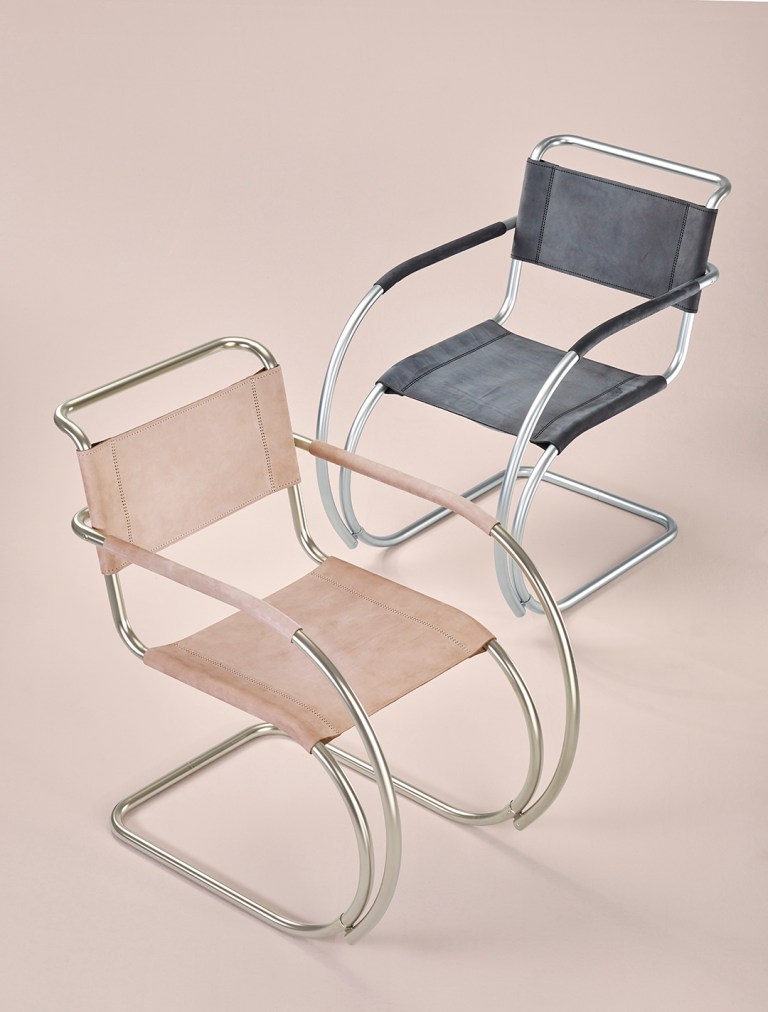
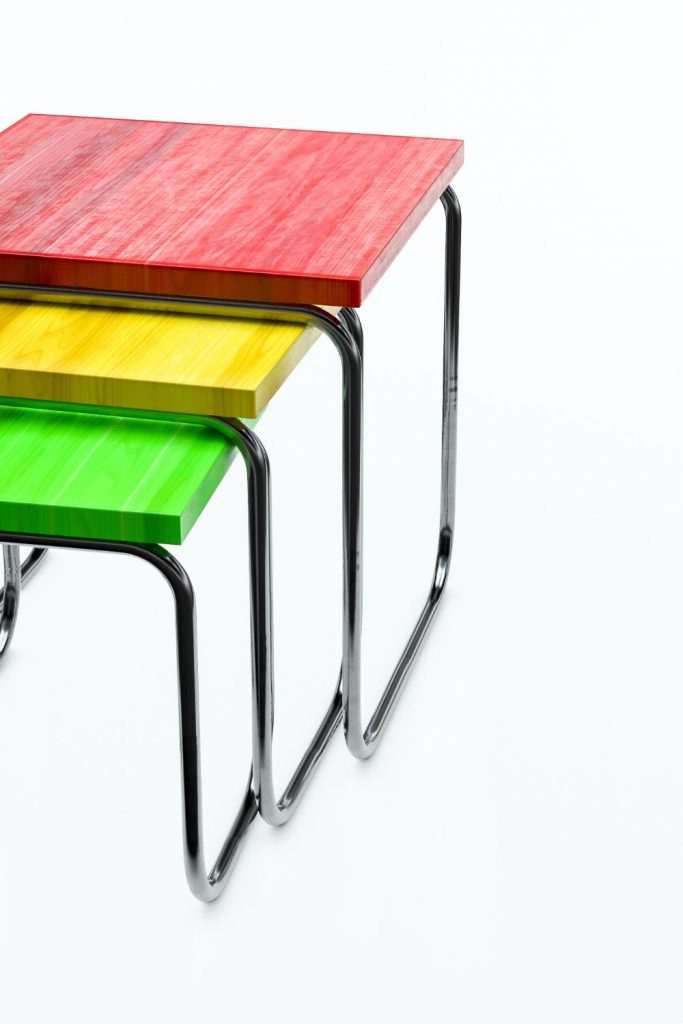
No Comments